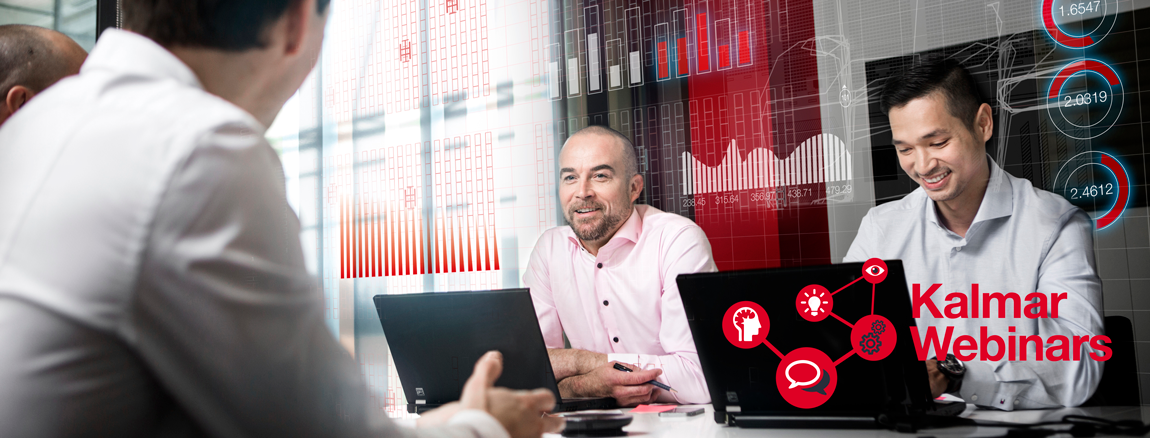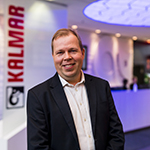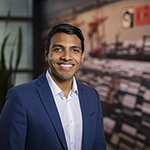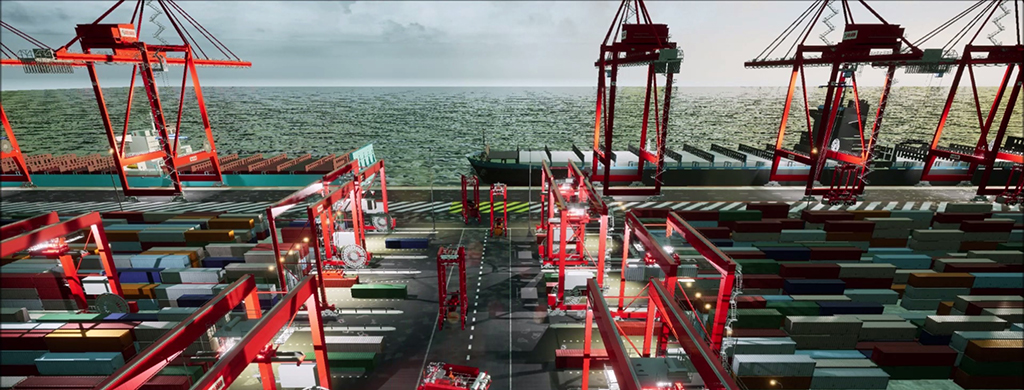Register now!


Applying automation and eco-efficiency to your terminal design.
You are warmly welcome to participate in our webinar on 26 November. Terminal design is a complex process that requires extensive planning and careful risk management. Our top experts will walk you through the critical planning stages to help you improve both service levels and customer satisfaction.
To take part in the webinar, visit the registration page and choose the session that best suits your schedule. Sessions will be held at the following times, all times are in CET (GMT -1, EET +1):
7 am in English
1 pm in English
7 pm in English
The webinar will last for approximately 50 minutes, including a question and answer session.
We are looking forward to your attendance and input.
Kalmar team
Aplicando automatización y ecoeficiencia al diseño de su terminal.
Le invitamos a participar en nuestro seminario web el 26 de noviembre. El diseño del terminal es un proceso complejo que requiere una planificación exhaustiva y una gestión cuidadosa del riesgo. Nuestros principales expertos lo guiarán a través de las etapas críticas de planificación que pueden ayudarlo a resolver estos problemas y, en última instancia, mejorar los niveles de servicio y la satisfacción del cliente.
REGÍSTRESE EN EL WEBINAR ESPAÑOL
Para unirse al seminario web, visite la página de registro y elija la sesión que mejor se adapte a su horario. Las sesiones se llevarán a cabo en los siguientes horario:
4 pm CET (GMT -1, EET +1) en español
El seminario web durará aproximadamente 50 minutos, incluida una sesión de preguntas y respuestas.
Esperamos su asistencia y aporte.
Equipo de Kalmar
 Timo Alho
Timo Alho
Vice President, Terminal Design Services
Timo has worked at Cargotec for almost 20 years, first in automation R&D, where his key project was the development of the Kalmar AutoStrad™ solution. During the past eight years, he has held various positions in terminal automation, from product management to the head of the cranes business line. He has been involved in all Kalmar terminal automation projects.
 Jarno Kuipers
Jarno Kuipers
Senior Manager, Terminal Design Services
Jarno is a container terminal automation professional with more than 14 years’ experience in port automation. His background is in IT consultancy and in terminal operations management of a fully automated terminal, where he was involved heavily in the implementation of new technology. Before joining the Terminal Design Services team, Jarno held several positions involving sales and execution of terminal automation projects.
 Christopher Saavedra
Christopher Saavedra
Gerente, Servicios de diseño de terminales
Christopher es un profesional de la automatización de terminales de contenedores con más de 7 años de experiencia en gestión y operaciones portuarias. Su experiencia es en ciencias militares navales y en la gestión de operaciones de terminales de terminales convencionales y automatizadas, donde estuvo muy involucrado en la implementación y prueba de nuevas tecnologías. Antes de unirse al equipo de Terminal Design Services, Christopher ocupó varios puestos en terminales de contenedores. En el último puesto lideraba la mejora y optimización de procesos, conectando los procesos con el personal, TI, aduanas y clientes.
